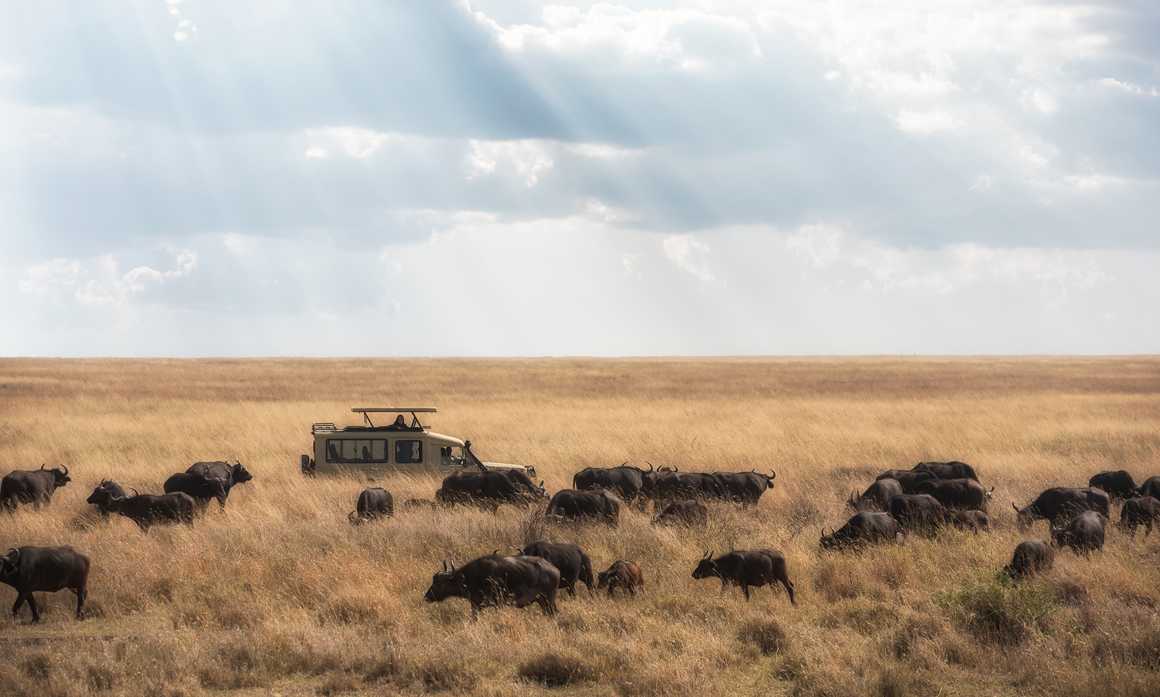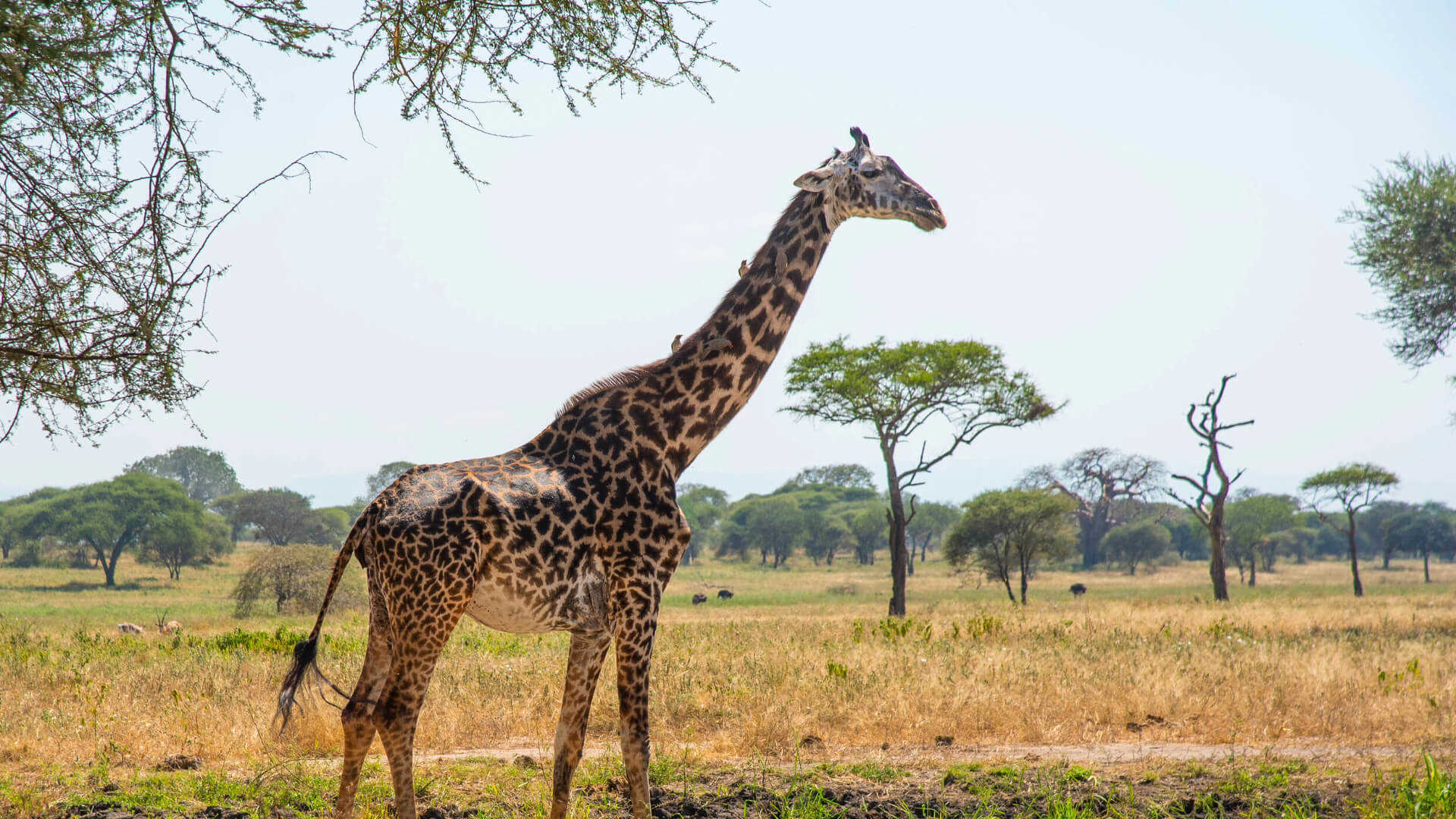Are you ready to tick a Tanzania safari off your bucket list?
Imagine venturing into the Ngorongoro Conservation Area by
4x4, where herds of zebra, wildebeest and fearless lions converge in its grassy
plains or witnessing the great migration from a spectacular bird’s eye view in
a hot air balloon. Tanzania is arguably one of the best places for safaris in
Africa, promising unrivalled opportunities to spot big game and experience the
endless African savannahs.
In this blog, we’ve pulled together 10 reasons why Tanzania
is the best safari destination in the Africa (and possibly even the world).
1. Incredible national parks
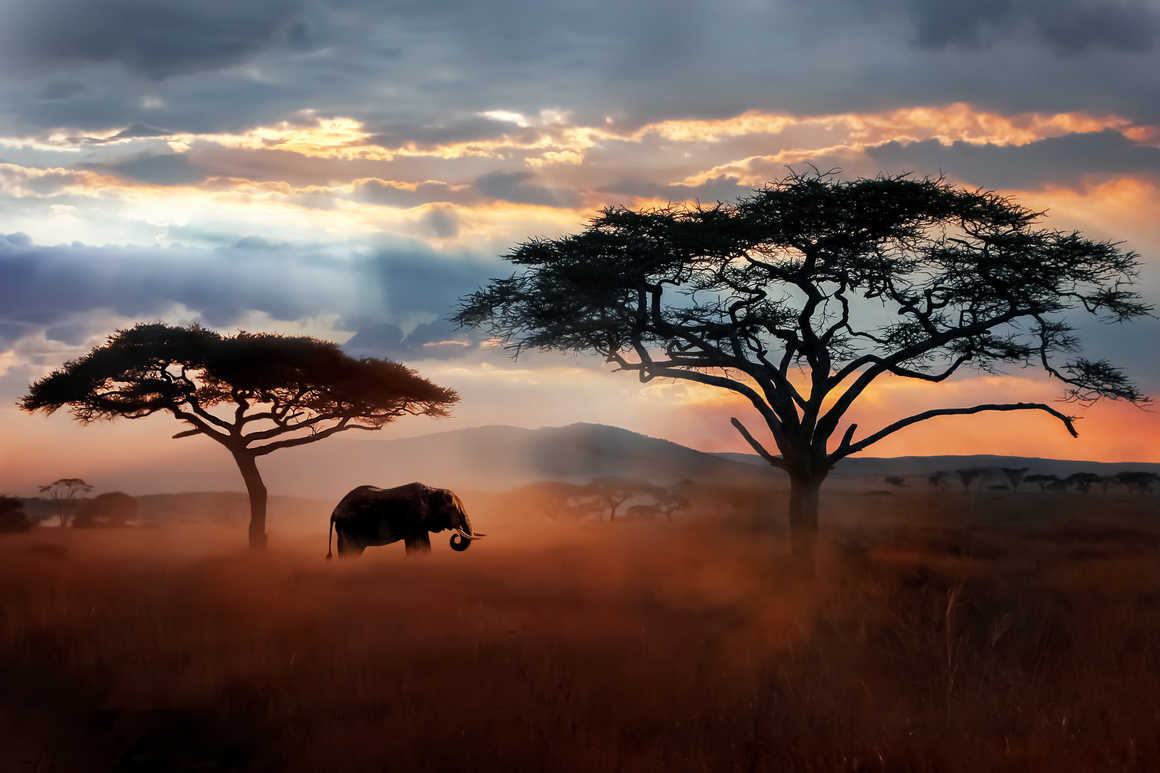
Two of Tanzania’s UNESCO World Heritage sites, the iconic
plains of the Serengeti National Park and the Ngorongoro Conservation Area, are
home to all of Africa’s ‘Big Five’ and it is also possible to witness the great
migration, one of the most famous migrations on the planet, here. With such
bountiful wildlife, it’s no wonder that Tanzania is considered one of the best
safari destinations.
2. Climb Kilimanjaro and visit turquoise blue beaches in one trip
When visiting Tanzania to go on safari, it’s a wonderful
idea to climb Kilimanjaro, providing you have completed the necessary training
and are booked on one of our Kilimanjaro treks. At Kandoo, we always recommend
our clients take the opportunity to combine a Tanzania safari trip with a
Kilimanjaro trip as it would be a shame to miss out on either of these
incredible experiences.
After completing the trek to Kilimanjaro and safari tour, spending
a few days on the beautiful tropical island of Zanzibar is the perfect way to
relax and recharge. A short hop by plane could see you on Zanzibar’s
world-famous white sand beaches overlooking beautiful turquoise waters, making
Tanzania a one-stop destination for safari, trekking and relaxing.
3. Easily accessible
Kilimanjaro International Airport serves as the
gateway to some of Tanzania’s most incredible national parks in the north of
the country. From this airport, you can arrange transportation to various
safari destinations such as the Serengeti, Ngorongoro Crater, Tarangire and
many more. For those heading to central or south Tanzania, Julius Nyerere
International Airport is a better option.
The best time for safari holidays in Tanzania is
between June and August as the spectacular Mara River crossing and where the
great migration occurs between June and July. These months are also cooler
which is ideal for avoiding the harsh heat although the parks will likely be
very busy if you choose to travel at this time of year.
January to February brings fewer vehicles and greener
landscapes after the short rains. If you embark on a Tanzania safari in these
months, you’ll see baby wildebeest and more predators as well as migratory
birds flitting amongst foliage. Being low season, it will also be less crowded,
but the lush vegetation can make it trickier to spot shy wildlife.
4. Spot the ‘Big Five’
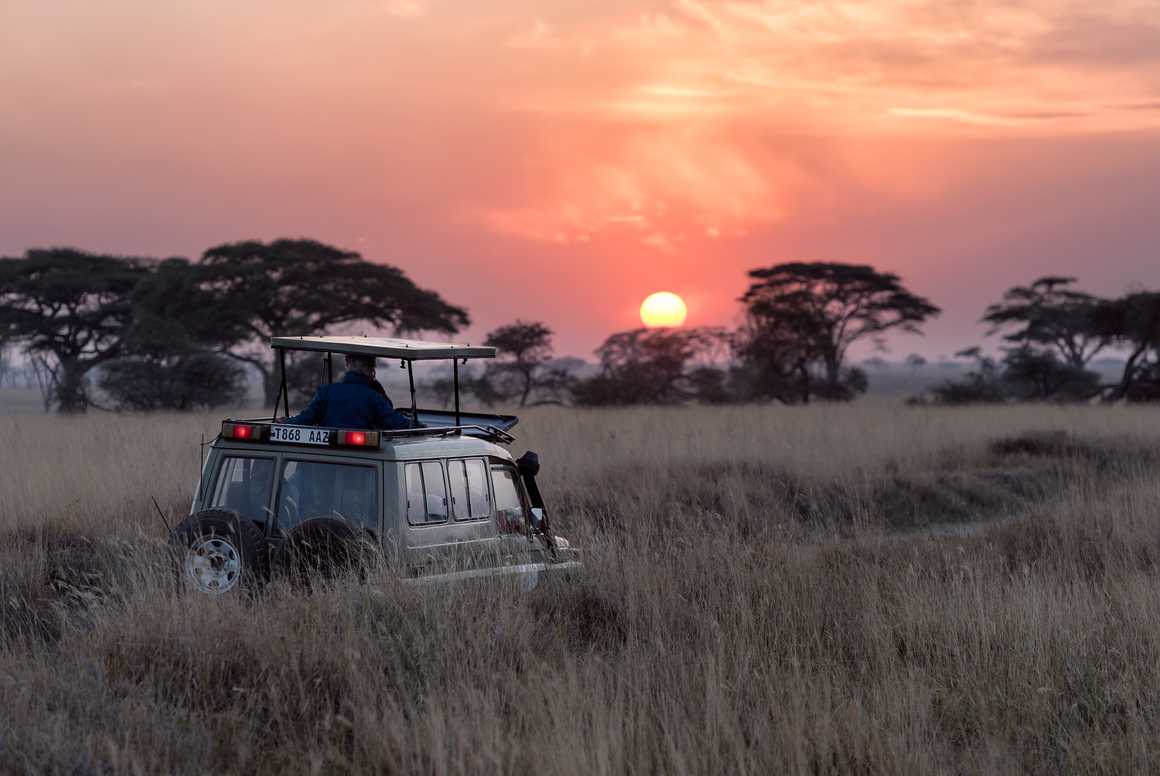
The diverse range of animal species and their high
population density in the Ngorongoro crater make it one of the top destinations
in Tanzania to spot the famous ‘Big Five’. In addition to Ngorongoro, the
iconic Serengeti National Park is another designated conservation area in
Tanzania that offers the opportunity to observe its vast array of animals,
including the ‘Big Five’.
5. Bird watching
There are many lesser-known and equally fascinating species
that can be encountered in a Tanzania such as over 1000 species of bird that
make this country such a biodiverse and special place.
From the Tawney eagle with a wingspan of up to 190
centimetres to the Fisher’s lovebird at only 14 centimetres in length, seeing
these majestic, feathered creatures, big and small, in their natural habitat is
an unforgettable experience.
6. See the great migration
After calving in the southern part of Tanzania’s Serengeti
National Park near the Ngorongoro Conservation Area, the wildebeest journey
800km through the Serengeti towards the Masai Mara in Kenya, before returning
once again near the end of the year.
Along the way, as the wildebeest follow the age-old route in
search of grazing and water, thousands of animals are taken by predators like
lions and hyenas, and thousands more are born, offering an unparalleled
wildlife viewing experience.
Whether you would like to plan your Tanzania safari trip
around the great migration is totally up to you. The best time to locate large
herds of wildebeest is from December to May in the southeast and Ndutu, from
May to July in the western corridor and from July to October in the Serengeti Mara
area and October to November in the northern Serengeti and Lobo area, although
the timing of herd movements cannot be guaranteed.
7. The Ngorongoro Crater
The crater was formed millions of years ago, resulting in a
caldera that is now home to a totally unique, self-contained ecosystem. It is
home to some 25,000 large mammals including thousands of wildebeest, zebra,
eland and buffalo and over 500 species of bird. The crater also contains one of
the world’s highest densities of lions which thrive on the abundant prey,
making it a popular safari destination in Tanzania.
8. Accommodation
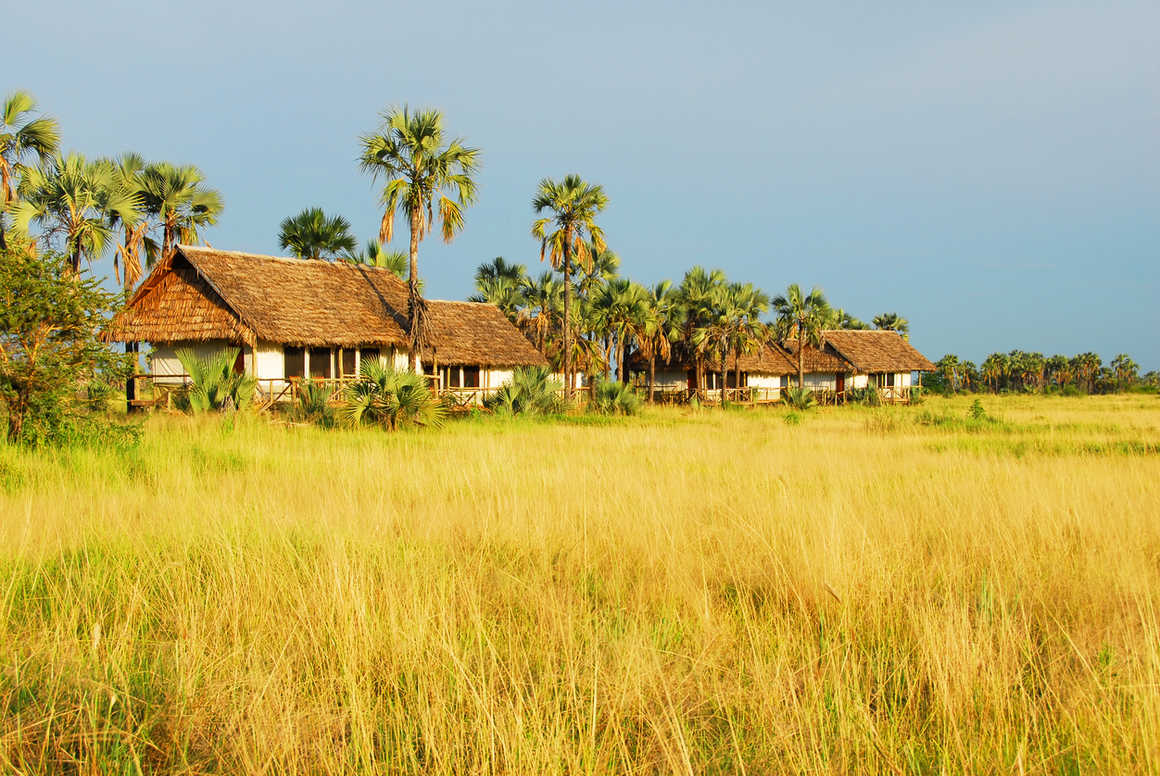
9. Hot air balloon safaris
Hot air balloon safaris leave from three sites in the
Serengeti giving you the best chance of game viewing at any time of year, with
flights lifting off at dawn when the winds are the lightest. Each flight is
unique, some high enough to view the panoramic landscape for miles ahead and
others low enough to see individual animals up close. This is not an experience
you would want to miss out on!
10. Olduvai gorge
This significant archaeological site is located between the
Ngorongoro Crater and the Serengeti National Park in the Great Rift Valley. Kandoo
Adventure’s 5-day safari extension takes visitors to this incredible site
before continuing into the Serengeti National Park.
Located at the edge of the gorge’s bank, overlooking the
famous rock castle in the gorge’s midsection is the Olduvai Gorge Site Museum
offering extensive archaeological and cultural exhibits related to the area.
The Olduvai Gorge Museum offers a fascinating journey back in time to the
earliest days of mankind, showcasing numerous fossils and stone tools from our
hominid ancestors as well as skeletons of many extinct animals excavating in
the gorge.
